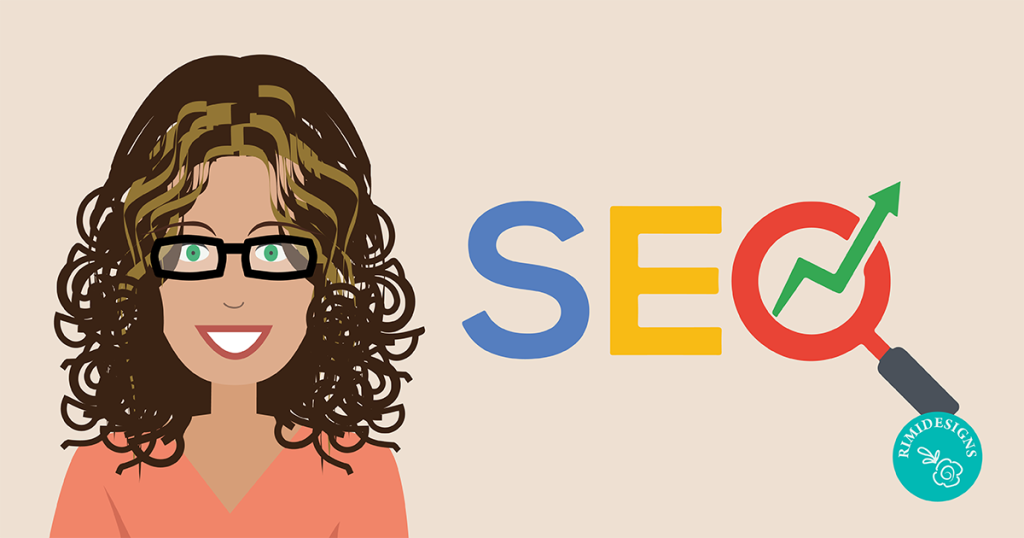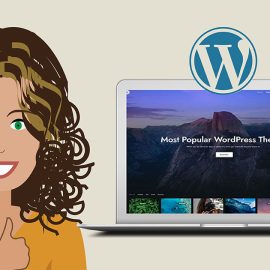
5 Web Design Features That Affect SEO
When it comes to designing and developing a website, there are dozens of variables and considerations to bear in mind. You’ll want a website with a functional and efficient technical structure, but at the same time a website with pleasing aesthetics.
Along these lines, you’ll want to make sure your offsite optimisation is up to par for both search engines and user experience. On the surface, these seem like 2 completely independent goals. With one, you’ll be aiming to please search engines and with the other, you’ll try to please users. But there’s a significant overlap in the relationship between these 2 approaches.
The overlap
The overlap comes from a critical truth about search engines. One of the top goals of search engines is to highly rank content that provides an ideal user experience. This means that optimising your website design to please users will, by proxy, please search engines, and in at least some ways, the actions you take in one dimension will naturally affect the other. A number of the design choices you make will, therefore, have a significant impact on your SEO campaign.
Let’s take a look at some of the main ways your website design can affect your SEO.
1. Your website layout
Your website’s overall layout can have an impact on your domain authority and content quality scores. Most subjective choices are yours to make, but you’ll want to make sure all your content – including images and videos – load correctly and in a viewable way for all devices and browsers.
The easiest way to do this is through responsive web design, which will automatically flex and adjust, depending on the type of device trying to access it.
In any case, you’ll also want to spend some time making an intuitive navigation, with your pages ordered in a hierarchy of categories and pages.
2. The presence or absence of ads
How you display ads on your website could also interfere with your search optimisation efforts. For example, if you have too many ads stuffed into the top of your web pages, it could indicate that your website is more focused on ads than on user experience. This could trigger some red flags in Google’s search algorithm and rank you lower, as a result.
Keep your ads minimum, low-key and tucked into the sides. There’s nothing wrong with advertising in moderation, but keep your user’s needs as your top priority.
3. URL structures
You may not think of your URL structures as a design choice, but they’re an important element in the development of your website and if you neglect them, it could cost you some serious ranking ground.
Ideally, all your pages will be grouped into categories and subcategories. With that structure, you can create breadcrumb-based trails in your URL structures that gradually lead users deeper and deeper into your website.
Your URLs should contain relevant keywords that describe each section and each page accurately and contain as few numbers and special characters as possible. They should also be kept short and concise, to avoid any user confusion.
4. Overall user experience
There’s some evidence that the overall user experience of your website has a significant impact on your rankings. Search engines, like Google, want to rank websites higher if they serve user needs appropriately. So, when it sees that a website has a high click-through rate and users remain on that website for a long time after clicking through, it reads that as a positive indication of that website’s relevance and worth.
High bounce rates, high exit rates and low click-through rates can generally make your website seem less valuable. This is a subjective quality, so make sure you spend some time user testing to make your website as user-friendly, as possible.
5. Website speed
Your web design choices can also have a major impact on your website speed – the time it takes for your website to load on various devices. As a general rule, the faster your website speed, the higher you’ll be likely to rank. So, try to keep your website as lean and quickly functional, as possible.
You can optimise your website speed by using proper image formats, reducing image sizes, using a good caching plugin and keeping your website free from clutter.
Conclusion
Individually, these factors aren’t going to make or break your SEO campaign. If your URL structures are a little bit sloppy or you have a lot of ads onsite, it isn’t going to kill your rankings. But cumulatively, these factors can bear a significant impact on your overall domain authority and rankings.
Optimising them with proper design best practices can help you maximise your ROI, and even more importantly, can improve your design aesthetics and overall user experience.
SOURCE: Web Design Library
Even a single-page website can bring in new clients. All you need is: a) an irresistible background photo b) some basic info c) links to your social media channels. Need a professional looking website?



